Open-ended style of learning does better than traditional methods.
Get the latest international news and world events from around the world.
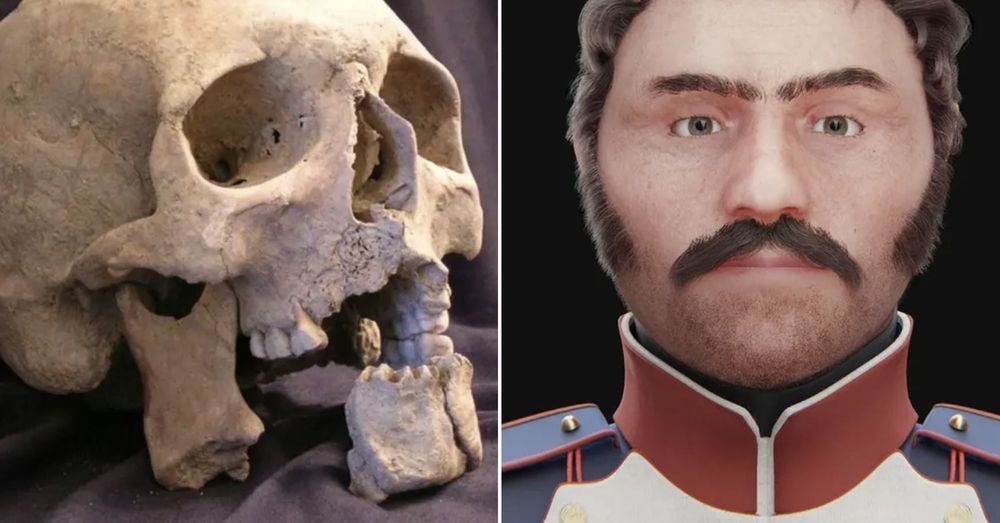
Here’s How A Soldier’s Face Was Rebuilt 200 Years After He Lost A Saber Fight
“It is a sad story, but unfortunately it is also the story of hundreds of thousands of young soldiers,” said one archaeologist.
By Dan Vergano
BuzzFeed News Reporter
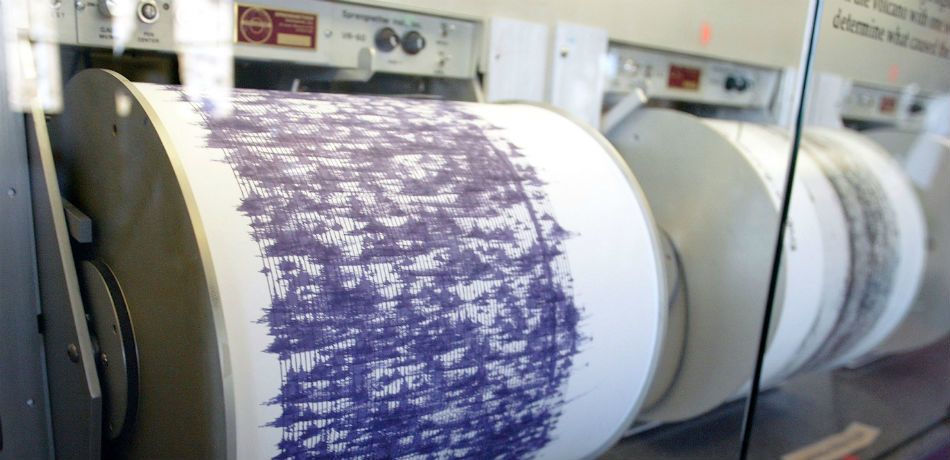
New Research Has Revealed That Major Earthquakes Are Often Preceded By ‘Silent Slips’
Scientists at Oregon State University have determined why foreshocks are such common indicators of large and deadly earthquakes.
Scientists involved in groundbreaking new research at Oregon State University have determined that major earthquakes are often preceded by “silent slips” and have finally discovered why foreshocks are common indicators of large and deadly earthquakes.
According to Oregon Live, major earthquakes normally follow “shallow mantle creep” and “seismic swarms,” and researchers are much clearer in their understanding now of the “silent slip,” which is what happens when different sections of the Earth’s crust can be observed shifting along the fault line. However, when this occurs, no seismic activity is ever detected, which has been confusing to researchers in the past.
Famous freak wave recreated in laboratory mirrors Hokusai’s ‘Great Wave’
A team of researchers based at the Universities of Oxford and Edinburgh have recreated for the first time the famous Draupner freak wave measured in the North Sea in 1995.
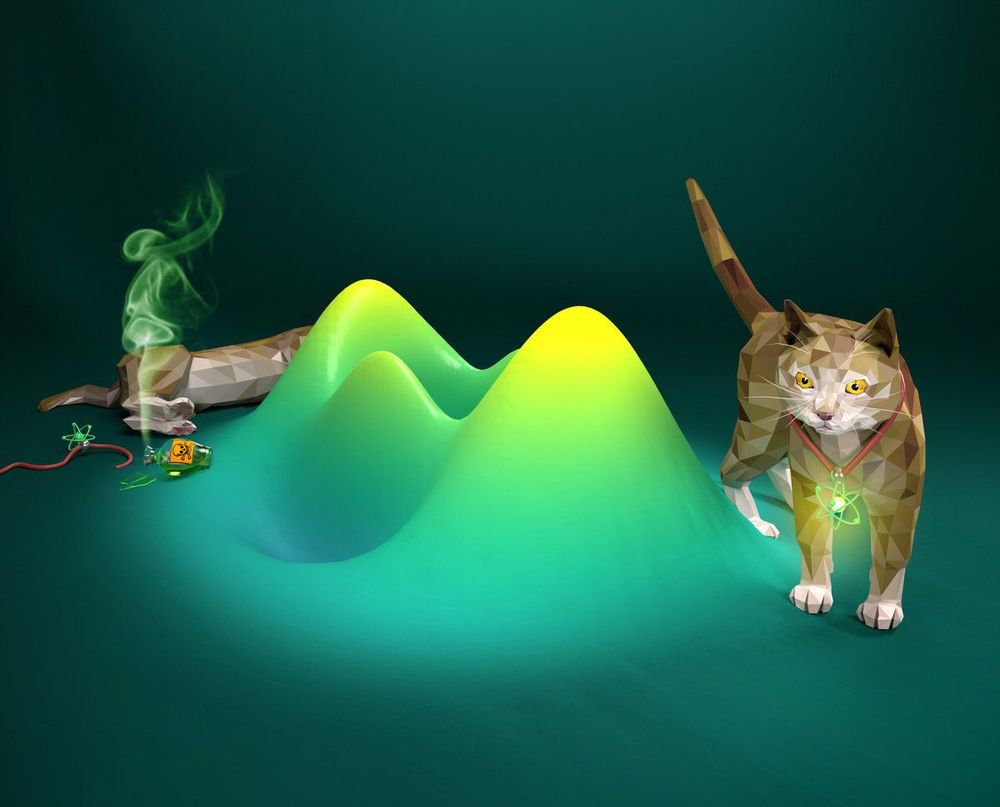
An entangled atom-light state realizes a paradoxical thought experiment
An old thought experiment now appears in a new light. In 1935 Erwin Schrödinger formulated a thought experiment designed to capture the paradoxical nature of quantum physics. A group of researchers led by Gerhard Rempe, Director of the Department of Quantum Dynamics at the Max Planck Institute of Quantum Optics, has now realized an optical version of Schrödinger’s thought experiment in the laboratory. In this instance, pulses of laser light play the role of the cat. The insights gained from the project open up new prospects for enhanced control of optical states, that can in the future be used for quantum communications.
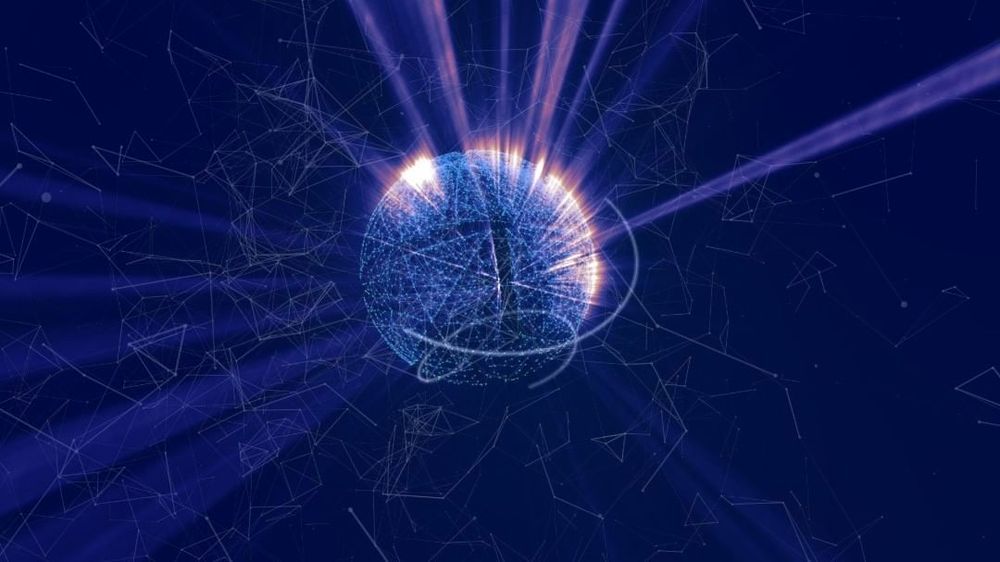
Airbus wants to reinvent aircraft design with quantum computing challenge
Aeronautics giant Airbus today announced that it is creating a global competition to encourage developers to find ways quantum computing can be applied to aircraft design.
Quantum computing is one of many next-generation computing architectures being explored as engineers worry that traditional computing is reaching its physical limits.
Computers today process information using bits, either 0s or 1s, stored in electrical circuits made up of transistors. Quantum computers harness the power of quantum systems, such as atoms that can simultaneously exist in multiple states and can be used as “quantum bits” or “qubits.” These can theoretically handle far more complex calculations.

Scientists seek ‘Trojan horse’ flu virus to target prostate cancer
London scientists are seeking to create a “Trojan horse” version of the flu virus to target advanced prostate cancer. A team at Barts Cancer Institute has won £245,000 from Prostate Cancer UK to continue pioneering research into a disease that kills 11,500 men a year. Early trials on mice have shown that the flu virus can be re-engineered to kill prostate cancer cells that have “metastasised” and spread away from the main tumour.
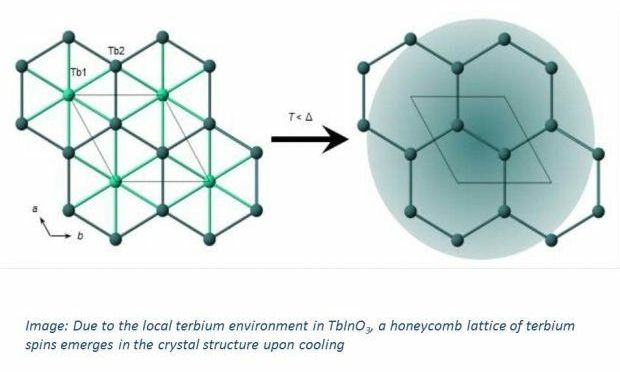

Facebook is building observatories possibly for laser communications
Facebook has been in the news frequently of late for privacy issues that make people wary of the social networking giant. Facebook is doing something very cool with a pair of new observatories that are being built on Mount Wilson in California. These won’t be used to house giant telescopes that scan the skies for science.
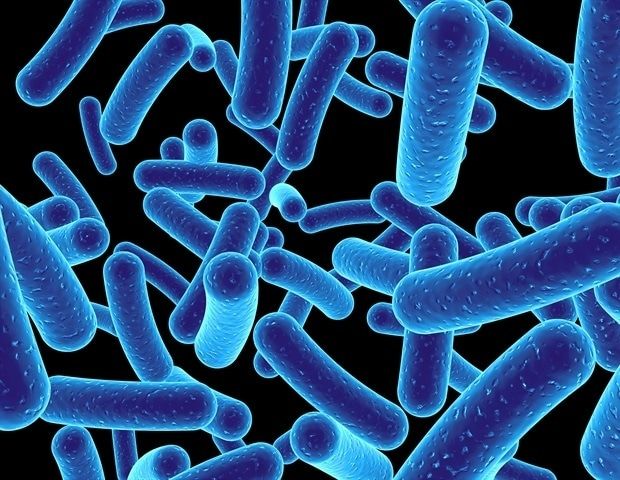
Scientists find bacterial extracellular vesicles in human blood
Belgian scientists have come to the surprising finding that vesicles coming from gut bacteria, are present in blood of patients with HIV, inflammatory bowel disease and cancer. Due to the increased permeability of the intestinal wall in these patients, bacterial vesicles end up in the bloodstream and can influence the immune system. This research sheds new light into the way the gut bacteria can communicate with different organs in the human body and is published in the scientific journal Gut.
Our body lives in symbiosis with trillions of bacteria. Most of these bacteria are located in the colon and a disturbance in this intestinal flora has recently been linked to the development of diseases such as diabetes, obesity, Alzheimer’s disease, inflammatory bowel disease, HIV and cancer. Gut bacteria communicate with each other, but also with human cells, using different molecules (proteins, RNA, DNA,…). These molecules can be packaged in unique small particles that are formed by bacterial cells, bacterial extracellular vesicles.
Source: